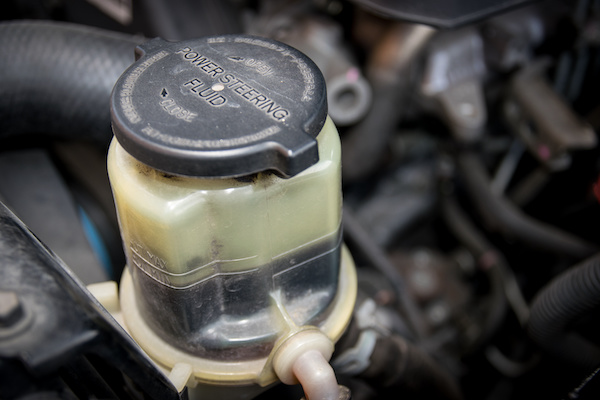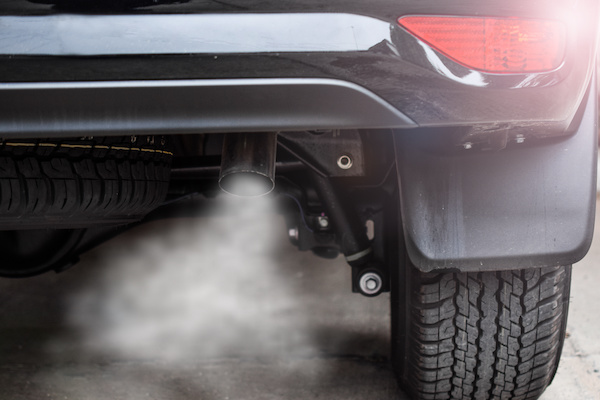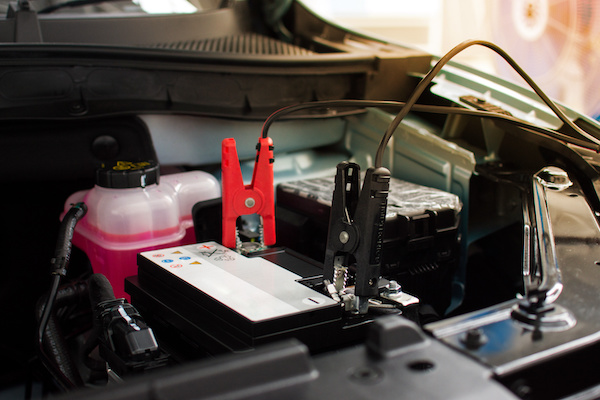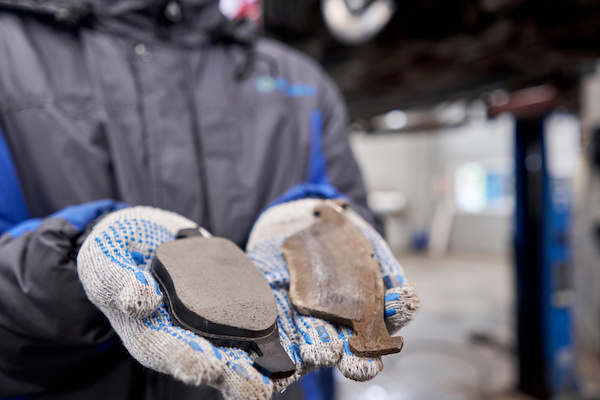Posted on 7/27/2022

Power steering fluid is an important hydraulic fluid in your car's steering system that makes turning the wheel significantly easier. Replacing power steering fluid isn't typically recommended as a regular maintenance task, but it can be done at your discretion. Why Should I Change My Power Steering Fluid? If you've recently taken your car in for maintenance, you may have been suggested a power steering fluid replacement. But why would a fluid change be important? Well, it's worth noting to start with that you typically don't have to change power steering fluid on a routine. And it isn't necessarily concerning if the fluid has turned dark, as long as your steering wheel is functioning properly. If you're noticing that your car has become difficult to steer, that's the clearest sign that you need to replace your power steering fluid. Inconveniences like difficult steering can quickly become dangerous situations on the road. Additiona ... read more
Posted on 6/27/2022

Car noises are a sign that something is not quite right with your vehicle and needs attention — and you need to address some of those noises immediately for safety reasons. Here are five noises that should get your attention and spur you into action (or into the repair shop). Grinding or Squeaking Noise When Braking Check the front or back wheels for excessive wear if your brakes make this sound. Inspect the calipers and hoses for any signs they're not working. If you need to replace these parts, your car will likely make this noise until you fix it. Whining or clunking noise when accelerating It's probably a sign that your transmission is failing. If this sound begins to fade away after you accelerate, then there's a good chance that your trans-axle is causing the issue. The best way is to take your car into an auto shop for an inspection. Hissing or Bubbling Noises From Under the Hood Check for leaks immediately if you hear a strange noise coming from the e ... read more
Posted on 5/26/2022

You don't have to be a mechanic with special tools and equipment to know when something may be going wrong with your car. You can use your senses of sight and smell to know when there may be an issue with your car. One way is check with your car's "lungs," or exhaust system. Under normal conditions, you can see white vapor come out of your car's exhaust pipe, but this vapor quickly disappears. What happens when it doesn't dissipate quickly, or the color of the smoke coming out of your exhaust pipe is a different color? What issues could the different types of smoke indicate? Reading Your Car's Smoke Signals Smoke from the exhaust system can indicate an internal issue with your vehicle, and the color of smoke can help you pinpoint what that issue is. Smoke usually appears as black, white or blue depending on the root cause. Black Smoke Black smoke can indicate the balance between fuel and air in your engine is off balance. Issues that can cause black sm ... read more
Posted on 4/28/2022

A jump start is a technique used to restart a car that has a drained battery. You jump-start a car by using jumper cables to connect the car directly to a working car or to an alternate power source. By placing the two batteries in parallel, you can provide enough electricity to start the car and recharge the depleted battery at the same time. A drain on your car's battery can occur if it has not been driven for more than two weeks. Jump-starting a car allows the car owner to repair the battery of their own vehicle, so they can start it themselves. Now that you have a basic understanding of what jump-starting is, let's get down to business. Prep Park the cars close to one another but without touching. The bumpers should be out of contact with each other entirely. Turn off both vehicles completely, including lights, radio, and other electrical components. No smoking! Smoking near the battery produces explosive gases that can cause a fire or explosion if ignited by a spark ... read more
Posted on 3/28/2022

You're driving along and press down on your brakes to slow, only to hear a loud squealing noise. Are your brake pads bad? Do they need to be replaced? Well, there are certain key symptoms that can indicate your vehicle needs a brake pad replacement service. Let's take a look at the various signs and how often they may need to be replaced. A typical car has two pads on each wheel, the front, and the rear. The front brake pads usually will wear out more quickly, up to two to three times faster than the pads on the rear wheels because that is where the brakes are most under pressure. This can lead to needing front brake pads sooner. These are typically the pads that need to be replaced most often. Brake pads generally need to be replaced after 50,000 miles or so, but it totally depends on your driving habits, the quality of the brake pads installed, and the make, model, and age of your vehicle. Your car's owner's manual will have more detailed information regarding the b ... read more